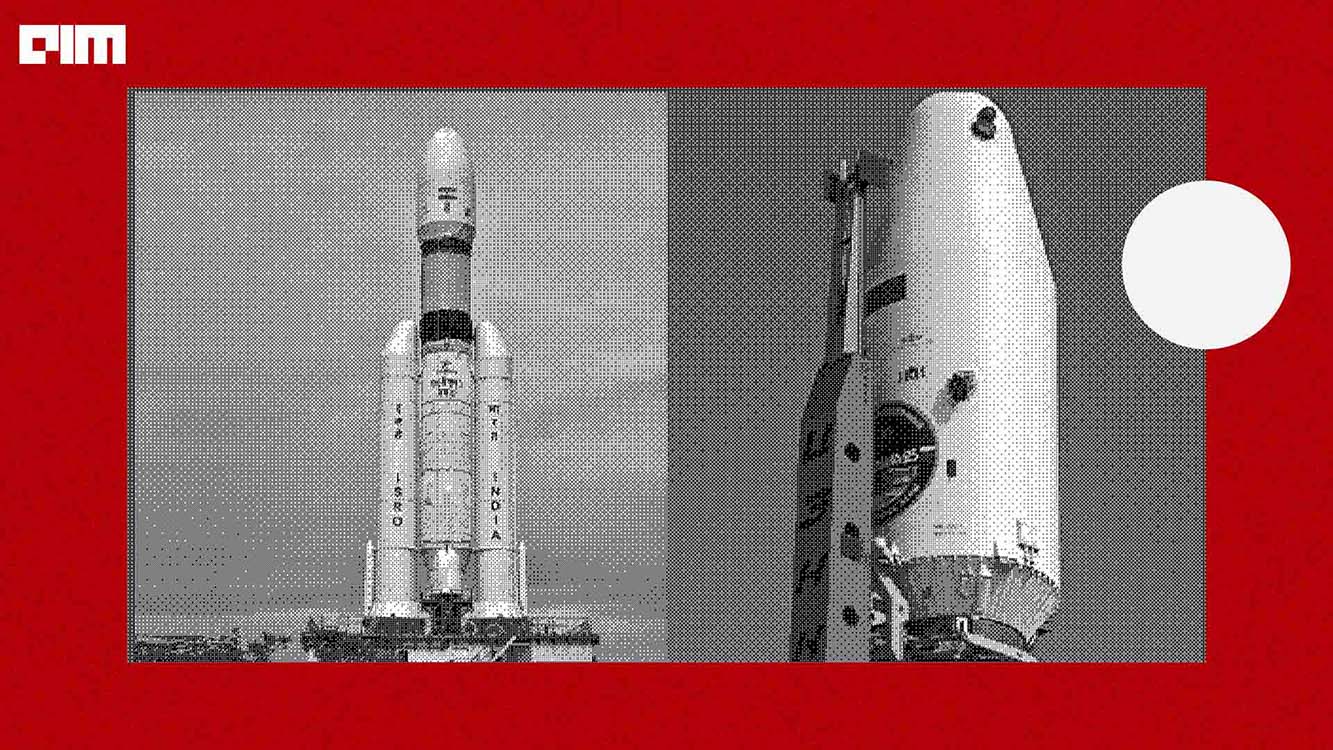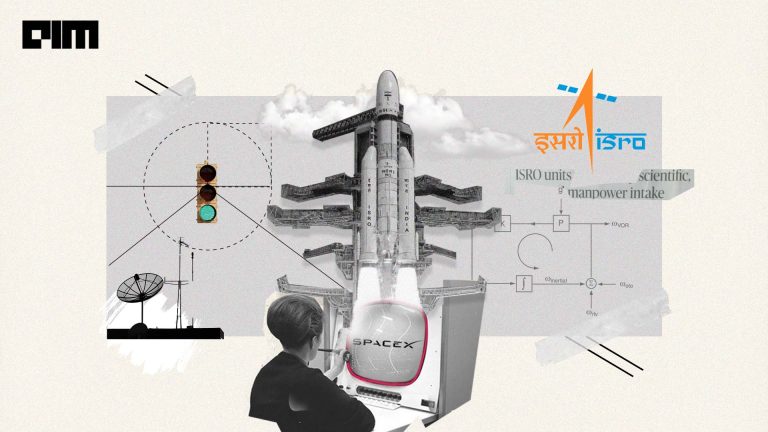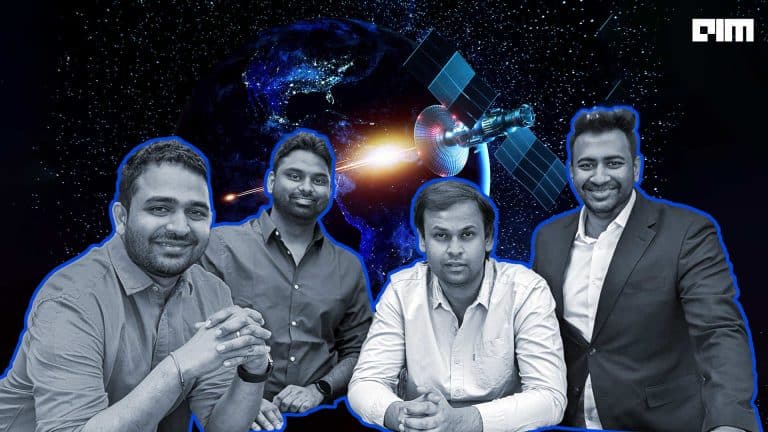|
Listen to this story
|
While everyone is waiting with bated breath on Chandrayaan-3’s touch down on the south pole of the moon, which is expected to happen on August 23, there’s another satellite which is closely behind: Russia’s Luna-25. It is also expected to land in the South Pole of the moon, just two days before Chandrayaan-3.
Luna-25 is Russia’s unmanned lunar spacecraft mission to the moon’s south pole. Luna-25 took atop a Soyuz rocket from the Vostochny Cosmodrome, located in eastern Russia on August 10 – this marks Russia’s lunar endeavour in 47 years. The launch of Luna-25 also marks significant change for Russia as they have moved away from Kazakhstan which hosts its main launch site, the Baikonur Cosmodrome.
The spacecraft is expected to take approximately 5 days to achieve a 100-kilometre orbit around the Moon. The scheduled landing attempt is set for August 21st at the Boguslawsky crater, which is about 500 kilometres away from the Moon’s south pole.
Two Missions, One Goal
Broadly, both the missions aim to experiment and gather scientific information from the South pole of the moon. The South Pole of the moon is considered to be promising for finding water ice owing to a large area being in permanent shadows and experiencing colder temperatures.
The costing of both missions are significantly different with Luna-25 having a lower cost of 16 crores (200 million Russian Rubles) and Chandrayaan-3 having a budget of Rs 615 Crore owing to huge structural difference between the two. The Luna-25 landing module remains immobile, whereas Chandrayaan-3 features both a landing module and a rover.
Both landers possess comparable masses, with Luna-25 registering approximately 3,860 lbs (1,750 kg) at liftoff, a bit over half of which is projected to be propellant. On the other hand, the Chandrayaan-3 Vikram lander tipped the scales at 3,862 lbs (1,752 kg), encompassing a 57 lbs (26 kgs) rover named Pragyan. A significant portion of Vikram’s weight is allocated to landing propellant.
Luna 25 is equipped with eight scientific instruments, among them the lunar manipulator complex (LMK), designed for excavating lunar regolith, and the Neutron and gamma detector (ADRON-LR), which is aimed at detecting water ice. In contrast, Vikram aims to maximise its single day of operation on the lunar surface. It carries four scientific payloads, one of which involves inserting a thermal probe into the lunar soil at a depth of approximately four inches (10 cm) to measure temperature variations of the lunar regolith throughout the lunar day.
Furthermore, the Chandrayaan-3 mission is intended to span over two weeks. Whereas, Luna-25 is expected to stay on the moon for a year.

Source: Space
The Russian mission is set to examine the soil, investigate the upper regolith layer, and study the lunar exosphere. It will also experiment with soil sample collection and excavation of water ice beneath the surface. Chandrayaan-3 will be utilising its payloads RAMBHA and ILSA for investigating the moon’s atmosphere and delving into its surface to understand its mineral composition. The lander, Vikram, will capture images of the rover, Pragyaan, which will then deploy its instruments to study seismic activities on the moon. Pragyaan’s laser beams will be utilised to melt a portion of the lunar surface, known as regolith, and analyse the gases released during this process.
Today, the ISRO successfully completed the final orbit reduction manoeuvre for the Chandrayaan-3 spacecraft, exactly a week in advance of its planned lunar landing. Yesterday, the Russian space agency, Roscosmos, unveiled the first images transmitted by the spacecraft.
#Roscosmos shared the first images sent back by the #Luna25 mission on its way to the Moon. pic.twitter.com/49zjK8VN0j
— IE Science (@iexpressscience) August 15, 2023
Russia To Prove a Point
Russia’s lunar mission comes at a time when the Ukraine crisis has tarnished Russia’s image in the global market. With sanctions from western countries on energy and finances, the satellite launch will look to push Russia on a fresh trajectory to claim their global leadership.
The launch will be closely observed, especially by Europe and America who have been working towards isolating Russia amid the Ukraine crisis, and Russia looking to build political and economic ties with non-Western countries. For future missions, Russia is looking to develop electronics components that it purchased from foreign countries. Furthermore, during a recent summit in St. Petersberg with African leaders, Russia has committed to collaborating with them in the domain of space technologies.
Irrespective of the prospects of Luna-25, the mission is an advancement from the Russian space program that shone in the late 50s and 60s. Afterall, the Soviet Union launched the earth’s first artificial satellite,when it launched its first satellite Sputnik in 1957. Interestingly, close to Neil Armstrong and Buzz Aldrin’s lunar walk on July 20, 1969, the USSR had raced to compete with its moon mission N1, weeks before the former. The covert mission was not acknowledged, however, the damaged launch pads were observed under U.S. surveillance.
After more than 40 years since its last lunar mission, Luna-24 in 1976, Russia has high hopes for Luna-25. So is India, with Chandrayaan-2’s lander failing, all eyes will be on Chandrayaan’s-3 landing next week.



















































































